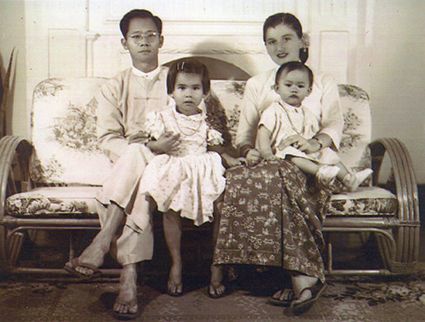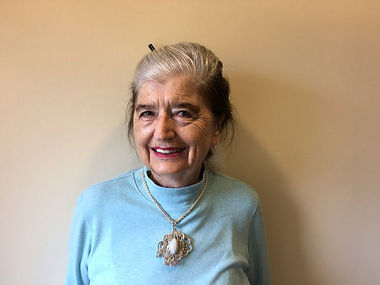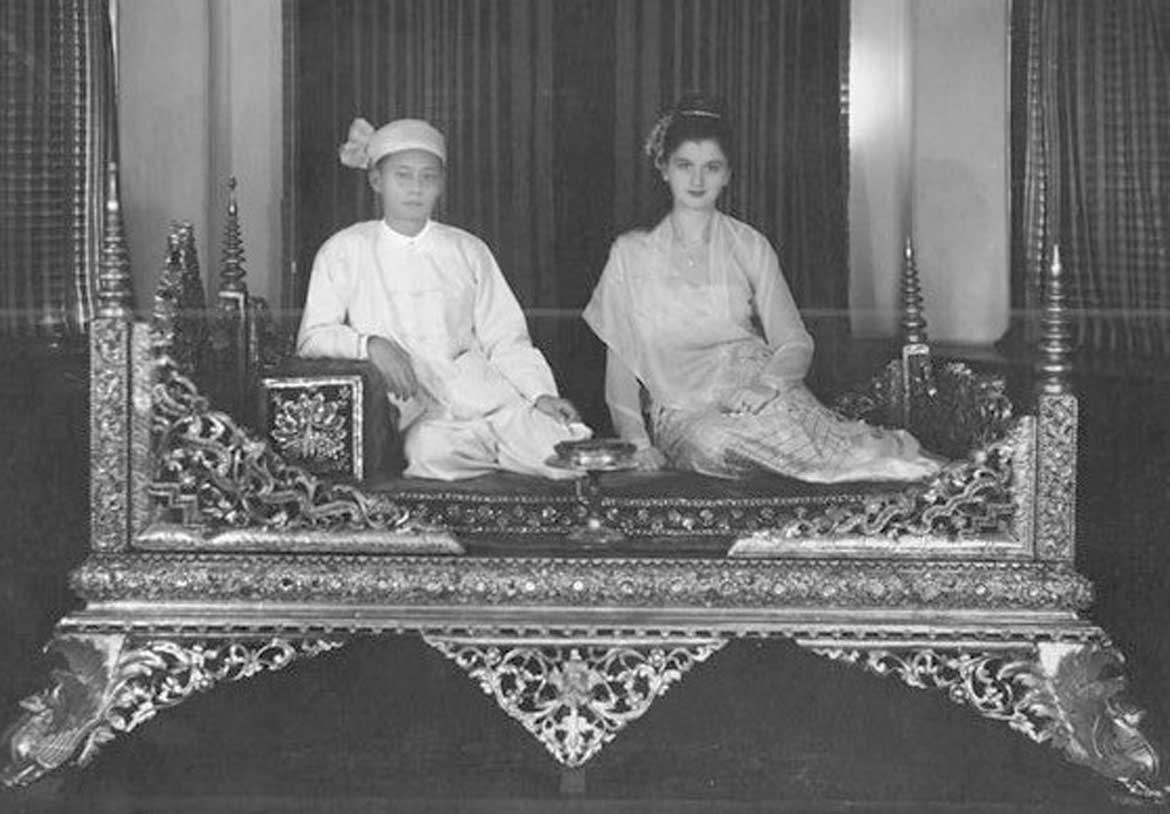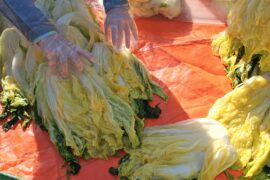Imagine finding out that your college sweetheart – whom you’ve recently married, and travelled around the world to live with – isn’t just the mild-mannered mining engineer that you took him to be, but the prince of a semi-autonomous state in his home country. It sounds like a fairy tale, doesn’t it? But for Inge Sargent, née Eberhard, it really happened.
It was 1951, and Inge Eberhard had already lived through Nazi occupation in her native Austria when she won a Fullbright Scholarship to study at Colorado Women’s College in Denver. She was just 19, and soon met and fell in love with a young man named Sao Kya Seng – a mining engineering student from Burma. By 1953 they were married, and by Christmas the next year they were on a ship from Liverpool to Rangoon, preparing to begin a new life in his home country.
As they approached Rangoon harbour, they could see crowds of people on the shore with banners and fine clothes, throwing flowers into the water, playing musical instruments and waving. It was only at this point – as Sargent wondered aloud what important personage they could be welcoming – that her husband revealed that he was actually the Prince of Hsipaw, and she was his princess. Sargent recalls her reaction: “I wish you could have told me – I would have worn a different dress”.
Though she was initially (and understandably) rather put out by having been kept in the dark – she understood her husband’s reasoning. At college he had wanted to be treated like any other student, and to experience life, as he put it, “in the country of Thomas Jefferson”; later, he wanted to be sure that his wife was marrying him for who he was, not what he was. And after all, it must be pretty hard to be angry for long about being a secret princess.
Life in Burma
The Burma that Sargent describes in the decade following her arrival was a paradise of fruitfulness and wealth. The British had relinquished control in 1947, and the military government would not take control until 1962. Burma was one of the largest rice producers in the world “you just stuck a branch of an orange tree into the ground and in three years it bore fruit. It was unbelievable, everything grew”. (Source) She recalls how her husband, Sao, wanted nothing more in life than to find a way to help his people – giving away his rice fields to the locals, buying tractors for them to use, and establishing experimental crops of pineapples, coffee, ginger, soybeans, and citrus fruits.
The title of Saopha (“Lord of the Heavens”) was a feudal title passed down to Sao, giving him sovereignty over Hsipaw State – historically one of the most important of the independent Shan States. Though he remained a feudal ruler, Sao believed in free speech and equality, and used his influence and wealth to improve the lives of Hsipaw’s poor.
Sargent – who was then known by her Burmese name, Sao Thusandi – explains that Sao studied mining engineering in an effort to be useful to his people, and on his return he established a mining company in order to capitalise on the region’s rich mineral reserves. Meanwhile, she learned the Burmese and Shan languages and became involved in charitable projects such as establishing a birthing clinic, and setting up a multilingual school. They had two daughters, Mayari and Kennari, and their altruistic efforts quickly made them two of Southeast Asia’s best-loved rulers.

The military coup
In 1962, Sao and Sargent’s idyllic life came to an end as General Ne Win launched a coup and established a military government – which remained in power in Burma for over 50 years, and retains a large degree of political control today despite having handed power over to the National League for Democracy earlier this year. The military government stripped Burma’s Saophas of their remaining powers, and arrested Sao – keeping Sargent under house arrest for two years on suspicion of being a CIA spy. She never heard from her husband again, and at 32 she gave up hope of his being found alive and fled with her daughters (then aged five and eight) back to Austria, leaving all her wealth and possessions behind. She later learned that Sao had been killed in prison, but to this day the military government has never admitted to his murder.
Sargent settled with her daughters near Boulder, Colorado, and married Howard “Tad” Sargent in 1968. The couple set up the Burma Lifeline Foundation, a charity that aimed to raise funds to help those fleeing the military regime in Burma, and in 2000 she was awarded the UN International Human Rights Award for her continued support for ethnic minorities in Burma. She explains “I am connected to the Shan people of Burma. I’ve lived with them and lost my heart there. How can I not help them? Someone has to help them.” (Source)

Inge Sargent, a Buddhist since her days in Burma, still lives in Colorado today. Her late husband, Sao Kya Seng, was awarded a posthumous Distinguished Achievement Medal by the Colorado School of Mines in 2015, in recognition of his work to alleviate poverty in his home state. To learn more about the life of “the last Mahadevi”, read Sargent’s autobiography, Twilight Over Burma: My Life as a Shan Princess, published in 1994.
Today Hsipaw is a countryside market town, linked by the spectacular Goteik Viaduct to the colonial hill station of Pyin Oo Lwin. Visit the region on our Shan State Adventure itinerary to see the country Inge Sargent fell in love with nearly 70 years ago.
Photos: My Hero Project, Kleinezeitung, Derstandard



